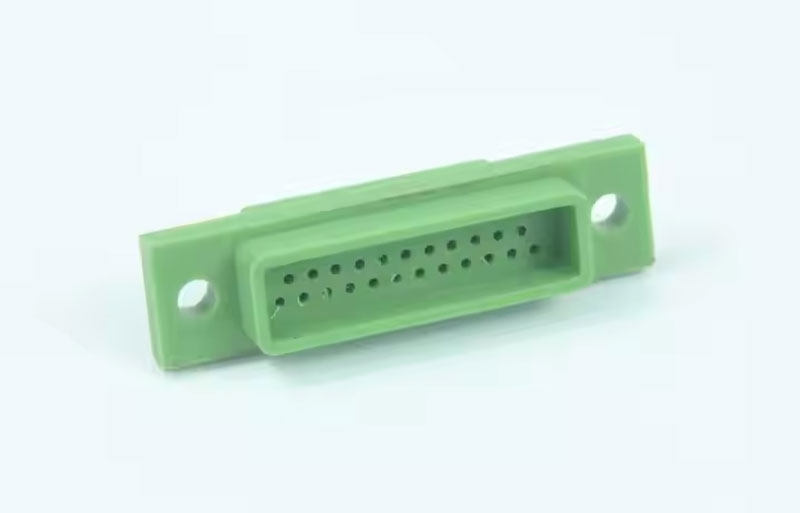To get the best HDPE machined parts, part manufacturers must consider the following things before, during, or after the operation.

Tooling and Machine Setup
Successfully machining Ultem, HDPE, and other thermoplastics requires investing in the right tools and machine setup. Cutting tools used for the plastic material must be sharp to reduce heat generation during machining. Furthermore, you can coat them with carbide or diamond, making them more durable and allowing them to maintain their sharpness.
Workpiece and Tooling Security
Properly secure the HDPE plastic polymer during machining to ensure stability. This will ensure higher precision and reduce the material tending to warp due to the thermal stress of excessive clamping. Hence, you must strike a balance between clamping force and the need to maintain part accuracy.
Cutting Speeds and Feeds
Optimize cutting speeds and feed to manage heat buildup and aid effective chip removal. A recommended parameter for machining HDPE is a cutting speed, often 400 RPM to 1000 RPM, and lower feed rates usually 0.1 and 0.5 mm/rev, depending on the tool and project).
Cooling and Chip Management
An effective cooling system will prevent HDPE from deforming during machining, as it has a low melting point. You should incorporate a coolant system or use compressed air to dissipate heat generated during machining, allowing you to maintain dimensional stability.
Chip management tools like high-pressure air blowers or vacuum systems will also aid chip removal. This is important because HDPE material produces long, stringy chips that can wrap around the cutting tool and reduce cutting efficiency.
Consider Annealing
CNC machining HDPE generates heat, leading to surface cracks and internal stress. However, annealing the material before machining can reduce these complications.
